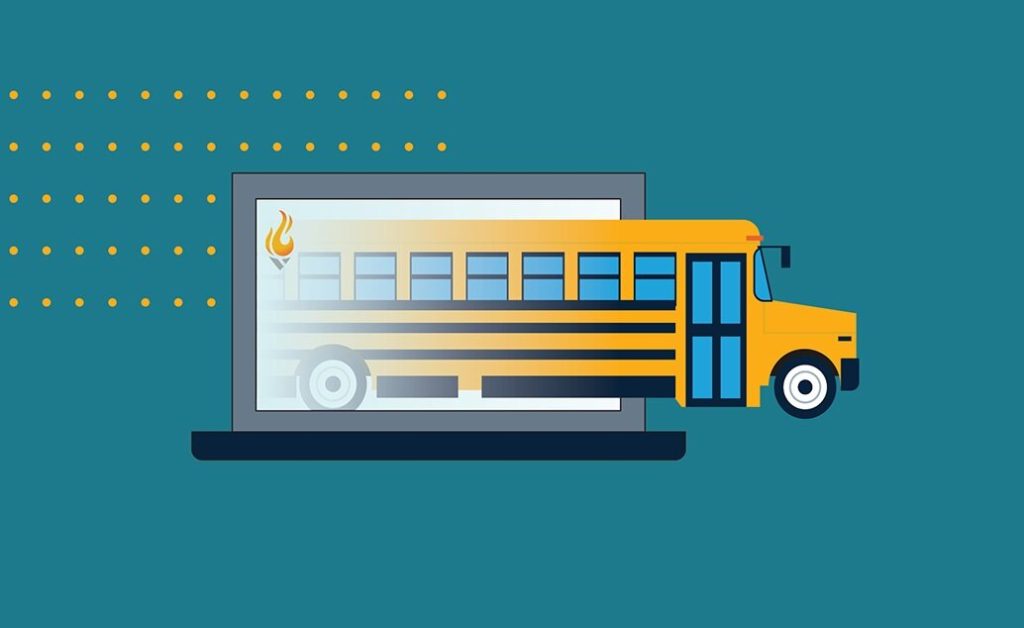
Since the start of the COVID-19 pandemic, educators have been on the hunt for new ways to make learning as effective as possible in an uncertain environment. Whether you’re teaching in-person, using a hybrid model or still fully remote, teaching looks very different these days. Many of the teaching tools we used to take for granted, like field trips, seem out of reach.
But while places might be closed and transportation harder to arrange, field trips don’t have to be forfeited—just modified. Take your students on virtual field trips to give them a brand-new experience wherever they are.
Because virtual field trips are all online, you don’t have to worry about the logistical hassle that often accompanies in-person field trips. Students aren’t traveling outside, so no permission slips necessary. There’s no need to call a school bus company, worry about leaving someone behind or enlist parents to be chaperones.
There are more than enough virtual field trips options out there to last the school year. Many are self-directed, free and can be done at any time. But before you start incorporating them into your lesson plans, take these steps to ensure the best experience for your students.
- Listen to your students. Take note of what excites them or take a poll of topics they would like to explore. Keep in mind that different topics can be incorporated into one field trip. You can also use current events that might impact your students as the basis of your virtual field trip to connect the trip with their lives.
- Take the virtual field trip alone first. Preview the trip to make sure it’s appropriate for your grade level and student demographics. This will help you set appropriate objectives for the trip and gauge how long it will take so you can plan your lesson accordingly.
- Set an objective. Just as with an in-person field trip, students are more engaged when a task is given beforehand. Decide what your students should take away from the trip and make your expectations clear.
- Make stopping points. You wouldn’t rush your class through a physical field trip without taking moments for wonderings, discussions, questions and answers. So why should it be any different for a virtual trip? Make frequent stopping points to engage students and check for understanding.
- Reflect and circle back. After the field trip, provide space for students to reflect on what they’ve learned and relate it to the real world or the unit you’re teaching. Just as with a regular field trip, don’t let it be a one-and-done experience. Look for opportunities to infuse the experience in other lessons.
If you’re ready to take your students on a virtual field trip, here are some great options to explore:
- 25+ Amazing Educational Virtual Field Trips
- 40 Virtual Field Trips for Kids to Get Them Learning About the World
- 40+ Free Virtual Field Trips Your Kids Can Take From the Couch
Gain the skills you need to be a confident educator, whether you’re teaching online or in person. Explore American College of Education’s education programs.

